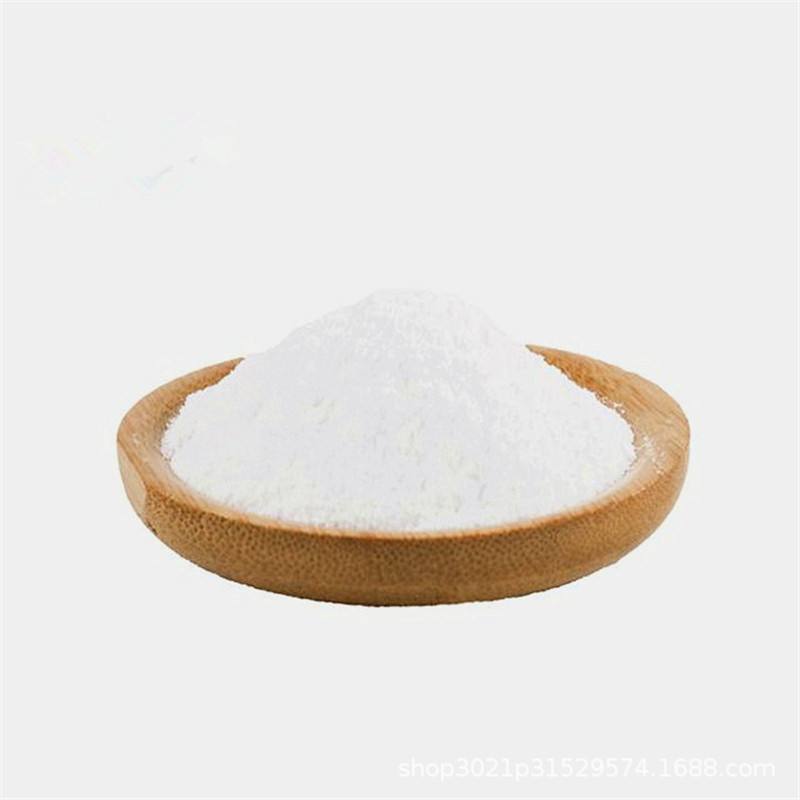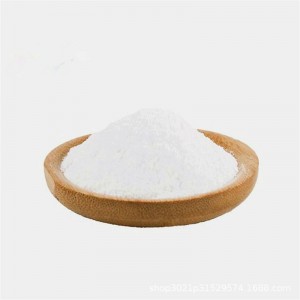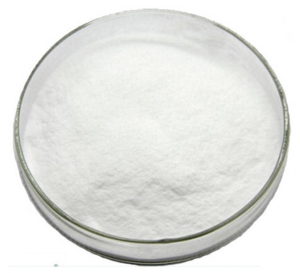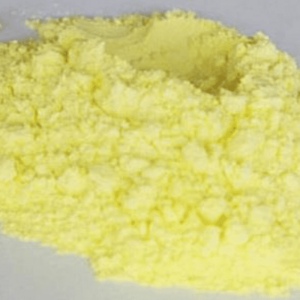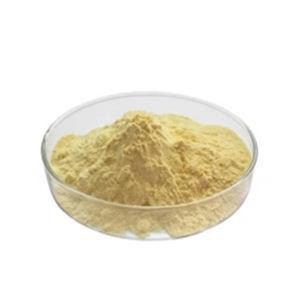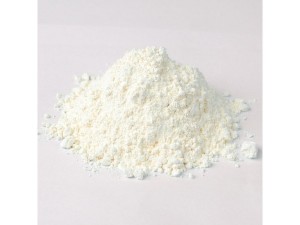| Basic Information | |
| Product name | Fosfomycin calcium |
| CAS No. | 26472-47-9 |
| Color | White to Off-White |
| Form | Solid |
| Stability: | Slightly soluble in water, practically insoluble in acetone, in methanol and in methylene chloride |
| Water Solubility | Water: Insoluble |
| Storage | Hygroscopic, -20°C Freezer, Under inert atmosphere |
| Shelf Life | 2 Years |
| Package | 25kg/Drum |
Product Description
Phosphomycin calcium is an organic compound with the molecular formula C3H5CaO4P · H2O. It is a white or nearly white crystalline powder, odorless. This product is slightly soluble in water and insoluble in methanol, acetone, chloroform, dichloromethane, ether, and benzene. This product is an antibiotic used for simple lower urinary tract infections and intestinal infections caused by sensitive bacteria.
Fosfomycin calcium is a broad-spectrum antibacterial drug that mainly exerts its antibacterial effect by inhibiting the synthesis of bacterial cell walls. The antibacterial spectrum of phosphomycin calcium is wide, and it has a certain antibacterial effect on most Gram positive and Gram negative bacteria. The antibacterial spectrum of phosphomycin calcium includes Staphylococcus aureus, Escherichia coli, Shigella, Serratia, Shigella, Pseudomonas aeruginosa, Klebsiella pneumoniae, and Enterobacter aerogenes.
Application
Phosphomycin calcium includes its use as an antibiotic to combat bacterial infections. It works by inhibiting the synthesis of bacterial cell walls, ultimately leading to bacterial destruction. This medication is often used to treat urinary tract infections caused by susceptible bacterial strains. Its mechanism of action and broad-spectrum activity make it an effective choice for addressing these types of infections.
The antibacterial spectrum of phosphomycin calcium includes Staphylococcus aureus, Escherichia coli, Shigella, Salmonella, Shigella, Pseudomonas aeruginosa, Klebsiella pneumoniae, and Enterobacter aerogenes. Oral administration of phosphomycin calcium tablets is suitable for the following infections caused by phosphomycin sensitive pathogens:
1、 Intestinal infections, such as bacterial enteritis and dysentery.
2、 Urinary system infections, such as cystitis, pyelonephritis, and urethritis.
3、 Skin and soft tissue infections, such as boils, abscesses, anthrax, lymphadenitis, folliculitis, etc.
4、 Respiratory infections, such as nasopharyngitis, tonsillitis, and tracheitis.
5、 Ophthalmology, such as stye and dacryocystitis.
6、 Gynecological infections, such as vaginitis, cervicitis, etc.
-
Premium GMP Source Cefuroxime Axetil Powder for...
-
Best Price Good Quality Cosmetic Grade 99% Tran...
-
Pharmaceutical Ingredients Doxycycline Hyclate ...
-
Tetracycline hydrochloride-Pharmaceutical ingre...
-
Pharmaceutical Raw Material Cefradine Powder CA...
-
Pharmaceutical Raw Materials Azithromycin CAS 8...

